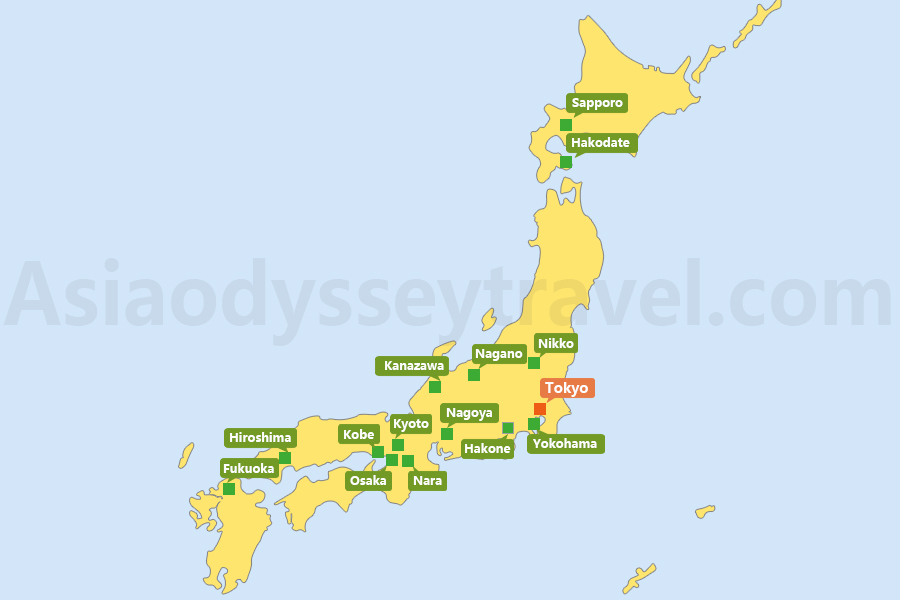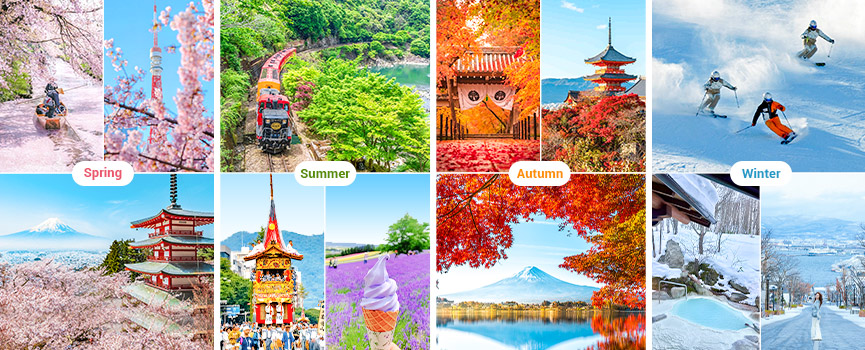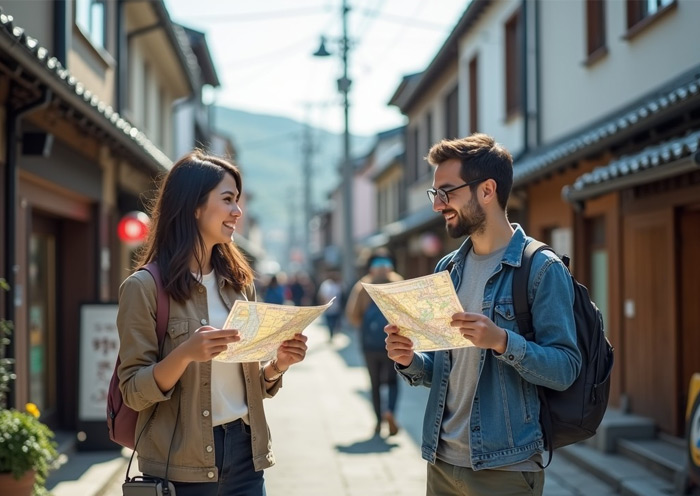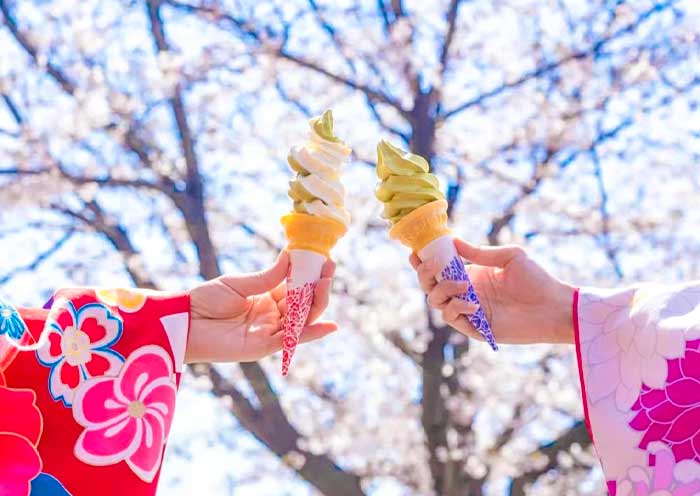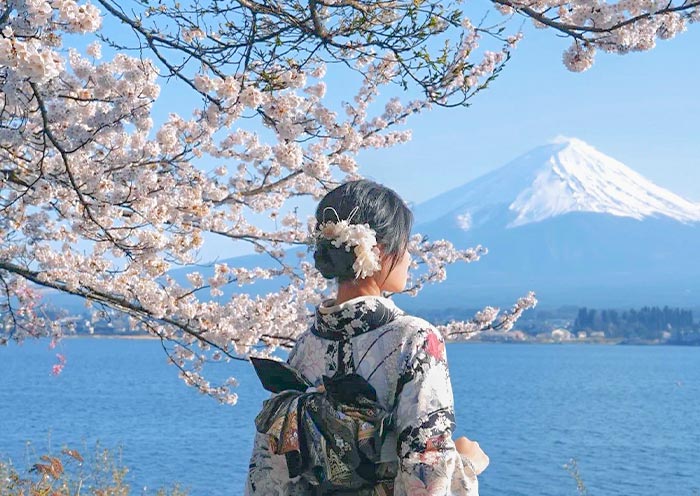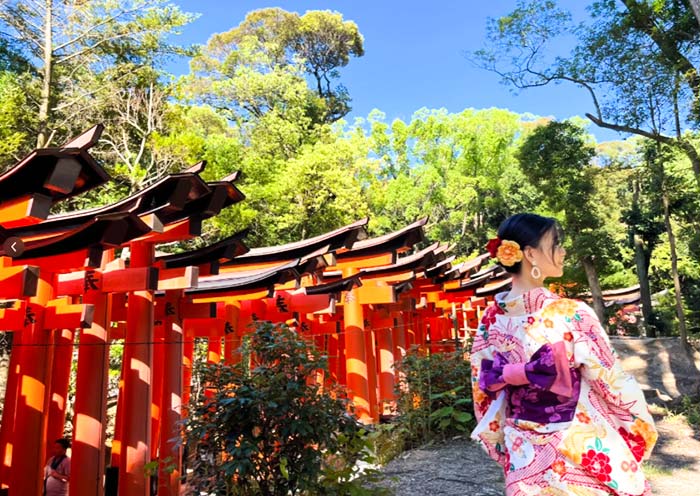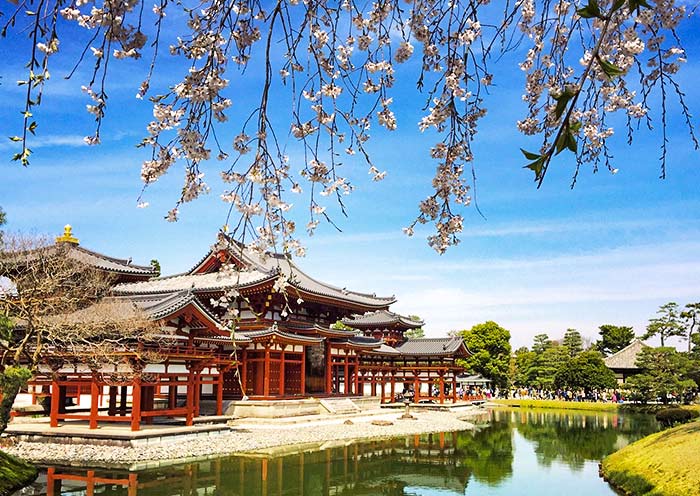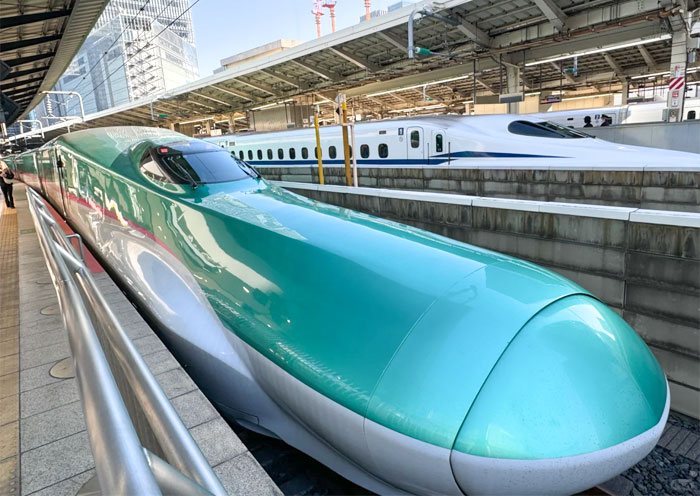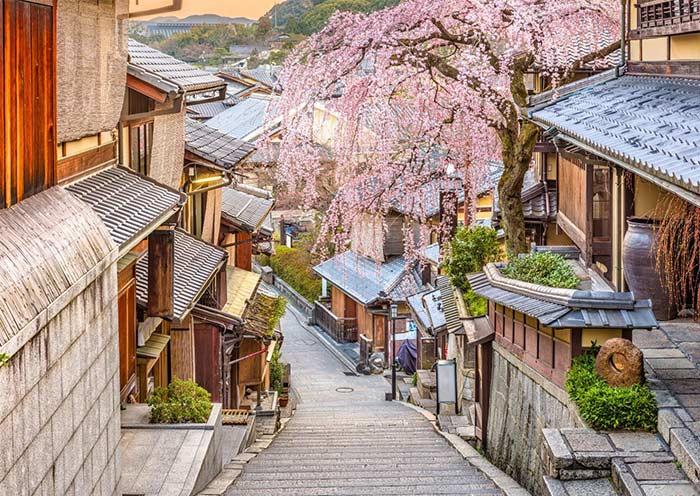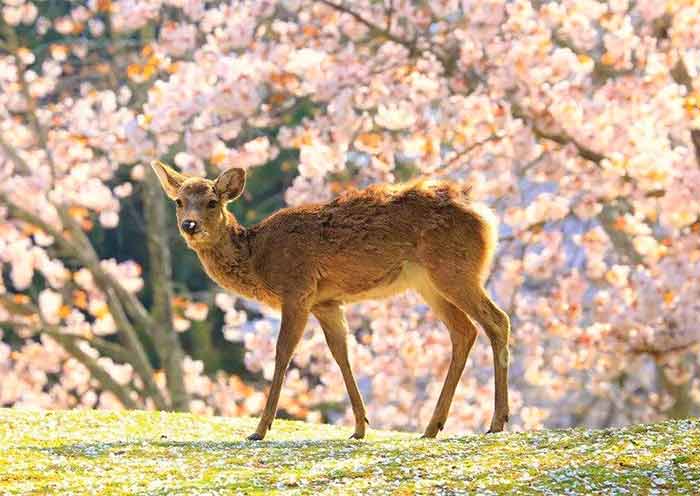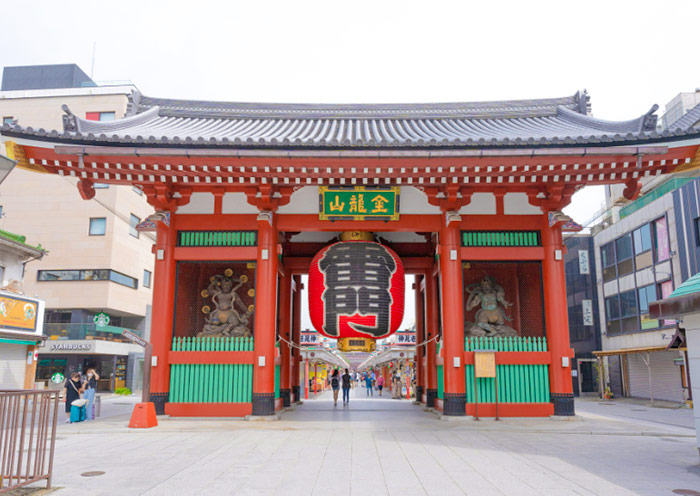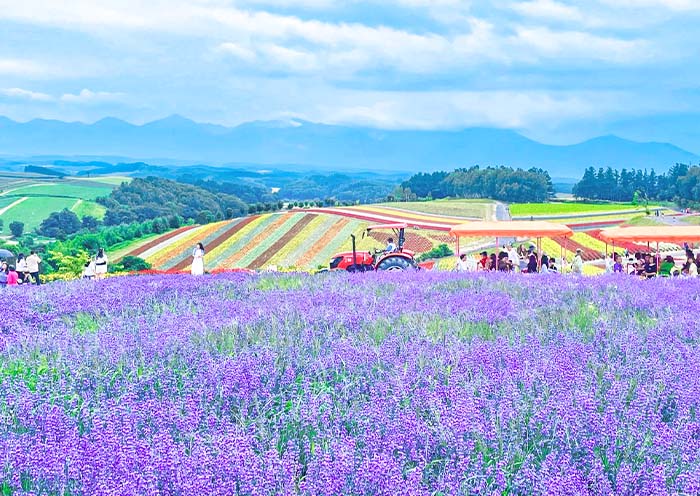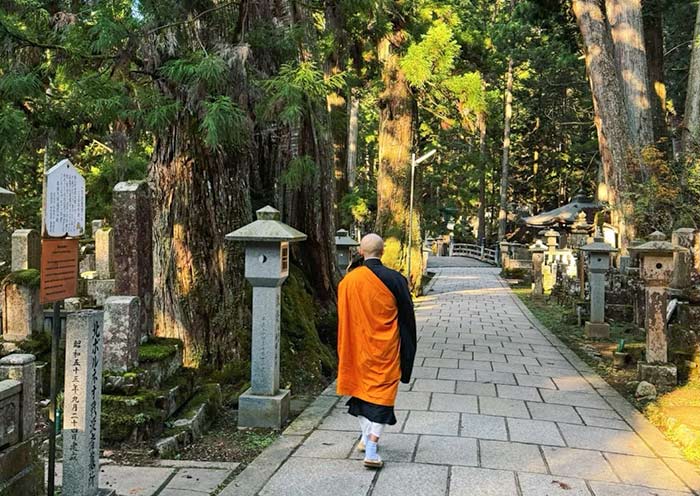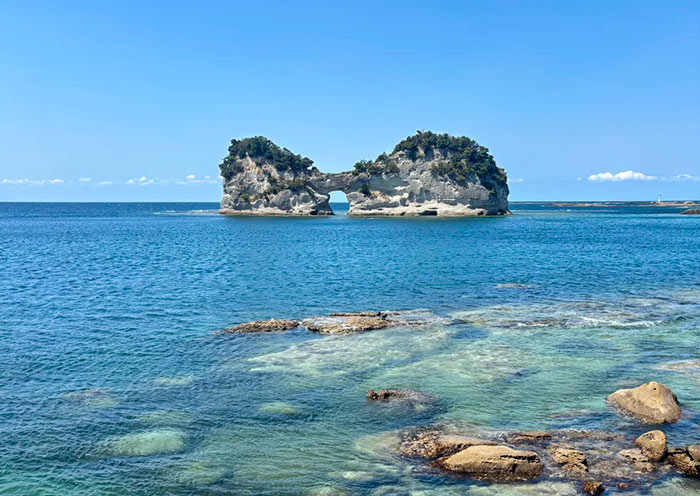When is Summer in Japan? June vs. July vs. August
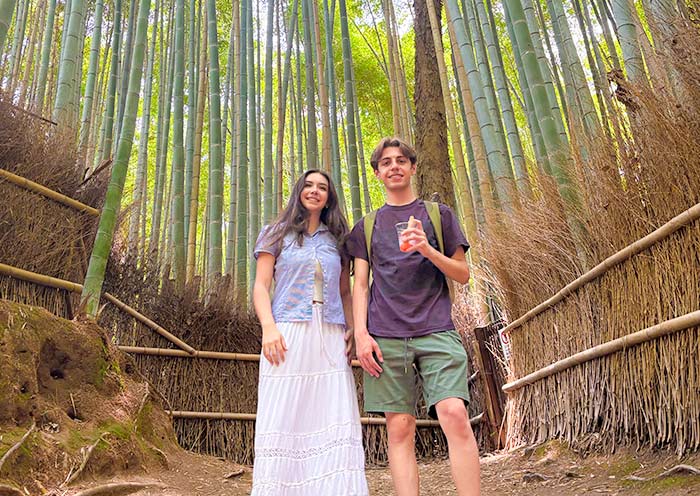
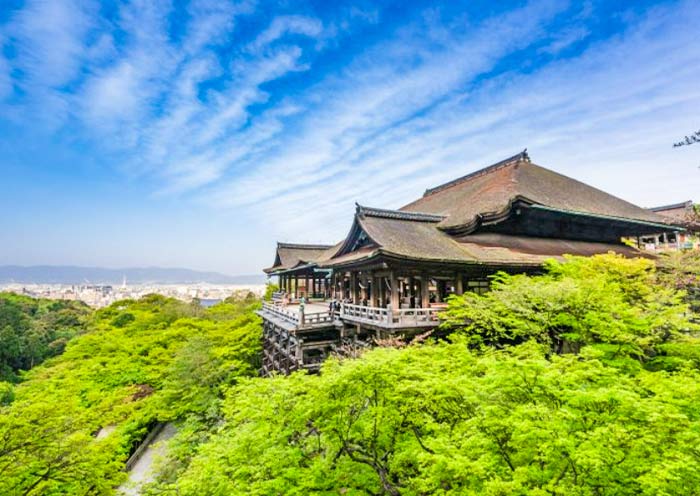
The official summer months in Japan are June, July, and August.
June: The Rainy Season (Tsuyu) & The Budget Advantage
The summer begins with the tsuyu (plum rain) season, which dominates most of June. This isn't a non-stop tropical monsoon, but rather a period of high humidity, overcast skies, and frequent, often drizzly, rain.
While you will need an umbrella, this period offers two huge advantages for the strategic traveler: fewer crowds and lower prices.
Japan's Rainy Season 2026: How to Love Plum Rain Season (Tsuyu)
Japan in June: Hydrangeas, Moss Gardens, Hokkaido & Itineraries
July & August: Peak Summer, Peak Festivals & Peak Heat
Around the second or third week of July, the rainy season breaks, and the season transforms entirely. It is the absolute best time for Japan's most famous and spectacular summer festivals and fireworks displays.
However, this is also the hottest and most humid period of the year, the peak of typhoon season (especially August), and when domestic crowds are at their largest due to school holidays.
Japan Weather in July 2026: Festivals Peak & Avoid the Heat
Japan in August Weather (2026): Embracing Summer for Festivals
How Hot is Japan in Summer? Japan Regional Temperature & Humidity
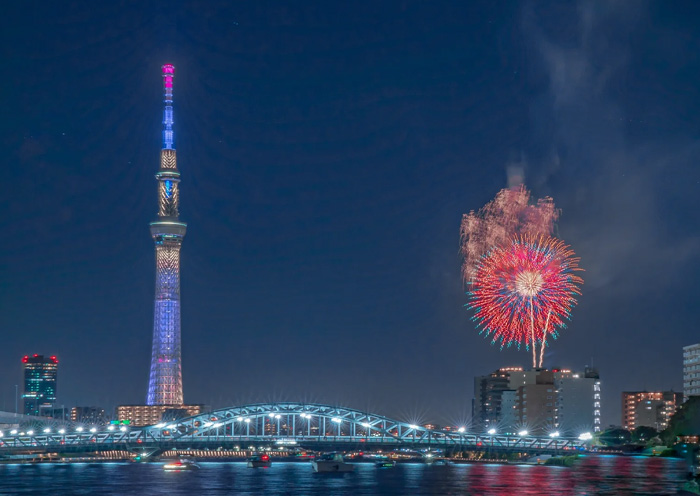
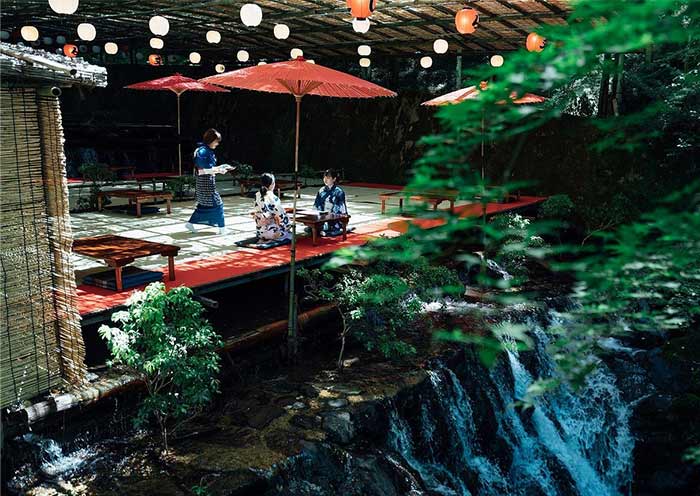
Summer in Japan begins with the hot, humid rainy season of June (tsuyu) and builds to the intensely hot and sunny peak of July and August. While the entire country gets hot, the experience can vary dramatically depending on where you are.
The most important factor to understand is the high humidity, which blankets most of central and southern Japan.
| Destination | June | July | August |
|---|---|---|---|
| Sapporo (Hokkaido) | Temp: 13-22°C (55-72°F)<br>Humidity: ~60-70% RH | Temp: 17-25°C (63-77°F)<br>Humidity: ~65-75% RH | Temp: 19-26°C (66-79°F)<br>Humidity: ~70-75% RH |
| Tokyo (Honshu) | Temp: 20-26°C (68-79°F)<br>Humidity: ~75-80% RH | Temp: 24-30°C (75-86°F)<br>Humidity: ~75-80% RH | Temp: 25-31°C (77-88°F)<br>Humidity: ~80%+ RH |
| Kyoto (Honshu) | Temp: 20-28°C (68-82°F)<br>Humidity: ~75-80% RH | Temp: 24-32°C (75-90°F)<br>Humidity: ~75-80% RH | Temp: 25-33°C (77-91°F)<br>Humidity: ~80%+ RH |
| Takayama (Alps) | Temp: 16-26°C (61-79°F)<br>Humidity: ~70-75% RH | Temp: 20-29°C (68-84°F)<br>Humidity: ~70-75% RH | Temp: 21-31°C (70-88°F)<br>Humidity: ~70-75% RH |
| Naha (Okinawa) | Temp: 25-30°C (77-86°F)<br>Humidity: ~80-85% RH | Temp: 27-32°C (81-90°F)<br>Humidity: ~80-85% RH | Temp: 27-32°C (81-90°F)<br>Humidity: ~80-85% RH |
Hokkaido: Japan's Natural Air Conditioner

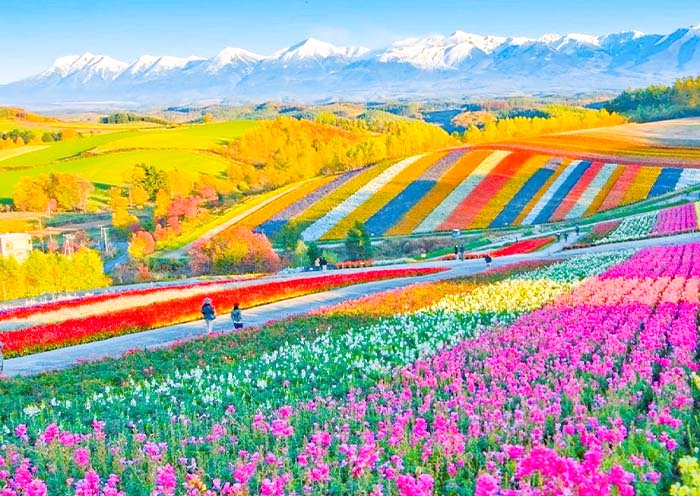
Hokkaido is the exception to Japan's summer rule. It remains pleasantly warm with significantly lower humidity than the rest of the country, making it the nation's premier summer escape.
Throughout June, July, and August, with humidity often staying in a comfortable 60-75% range, the air feels fresh and pleasant. July is peak season for the iconic lavender fields of Furano, and August hits a perfect warmth for all outdoor activities without ever feeling oppressive.
Hokkaido in Summer: Weather, Festivals, Flowers & Itineraries (with Kids)
Honshu (Tokyo, Kyoto, Osaka): The Hot and Humid Heart
June is defined by the warm and very humid tsuyu (rainy season). While temperatures are manageable, the constant 75-80% humidity makes the air feel heavy and clammy.
Once the rains clear in mid-July, the season changes completely. The same high humidity combined with temperatures soaring above 30°C (86°F) creates a sauna-like atmosphere. Kyoto, located in a basin that traps heat and moisture.
The Japanese Alps: A High-Altitude Haven

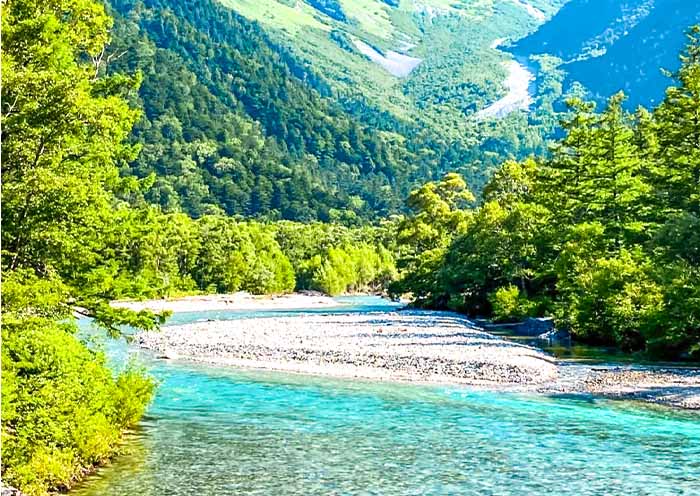
Throughout the summer, the Japanese Alps are noticeably more comfortable than the coastal cities. While August sees daily highs that can reach into the low 30s°C (high 80s°F), the humidity is lower and the nights are refreshingly cool.
The key is that cooler air cannot hold as much moisture, so even a 75% humidity reading in the mountains feels far more pleasant than the same reading in Tokyo.
Okinawa: Embracing the Tropical Constant
Unlike other regions, summer is consistently hot and very humid, with relative humidity often at a steamy 80-85%. This constant heat is perfect for the region's main draw: its world-class beaches and turquoise waters, where ocean breezes provide some relief.
However, be aware that August is also the absolute peak of typhoon season for this southern island chain, a risk that comes with the tropical paradise.
Where to Go: 8+ Best Places to Cool Off in Japan This Summer
Summer in Japan doesn't have to mean constantly sweating. This section focuses exclusively on the best places to find pleasant weather and escape the heat, making them ideal for a July or August itinerary.
Hokkaido (Furano & Biei): The Ultimate Escape to Mild Summers
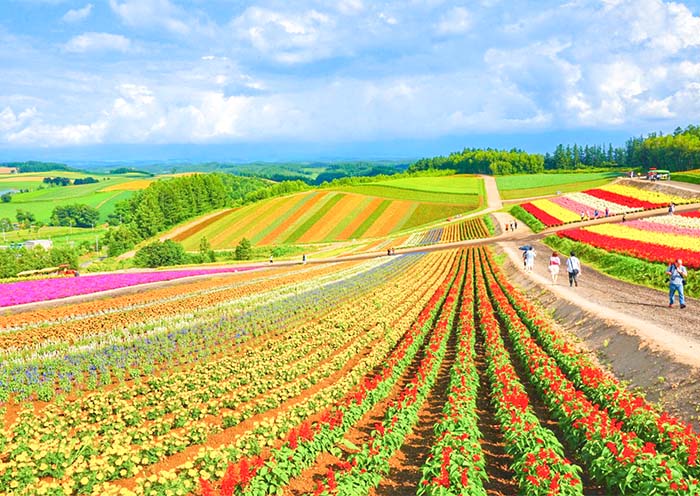
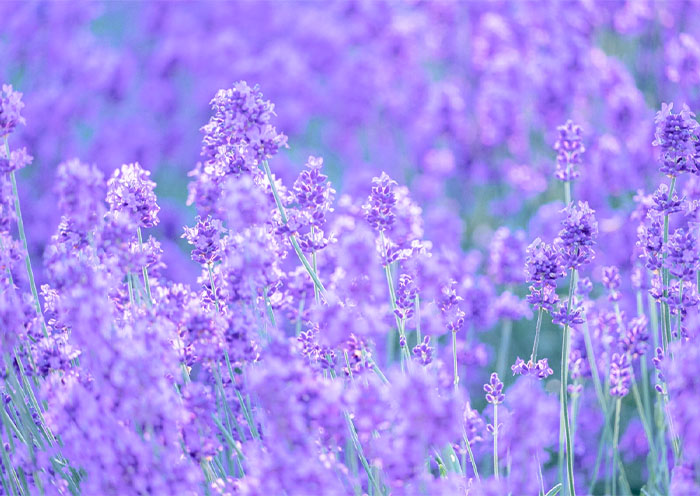
- Best for: Nature Lovers, Photographers, Road Trippers, Families.
- Recommended Stay: 7-8 days.
- Best Summer Month: July for peak lavender, August for sunflowers and pleasant warmth.
As Japan's northernmost island, Hokkaido completely bypasses the intense summer humidity found elsewhere. Average August temperatures in Furano hover around a pleasant 20∘C (68∘F). This region is ideal for scenic drives and outdoor exploration.
In July, visit Farm Tomita in Furano for its iconic lavender fields. Biei offers the stunning "Patchwork Road" and the ethereal Blue Pond. The climate is perfect for cycling, hiking, and enjoying local produce like sweet corn and melons without breaking a sweat. Hike to Breathtaking Vistas of Japan >>
Hokkaido in Summer: Weather, Festivals, Flowers & Itineraries (with Kids)
Kamikochi (Japanese Alps): Crisp Mountain Air in a Pristine Valley
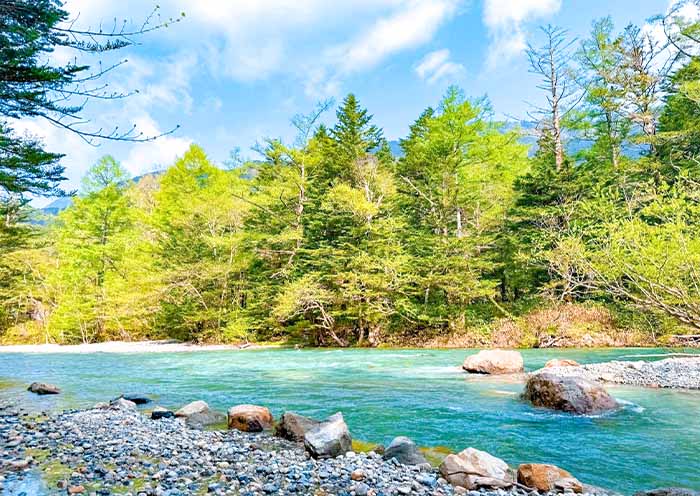
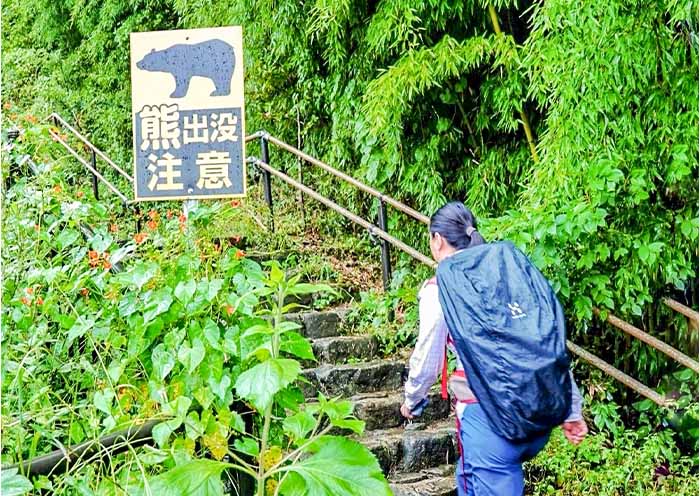
- Best for: Hikers, Nature Photographers, Couples.
- Recommended Stay: 2-3 days.
- Best Summer Month: July or August.
Kamikochi is a pristine, high-altitude river valley where the temperature is consistently 5−10∘C cooler than in lowland cities. Its elevation at 1,500 meters (4,900 feet) guarantees crisp, refreshing mountain air.
The main activity is walking along the flat, well-maintained trails that follow the crystal-clear Azusa River, offering spectacular views of the surrounding Hotaka mountain range.
Karuizawa (Nagano): Chic Mountain Resort
- Best for: Luxury Travelers, Couples, Shoppers.
- Recommended Stay: 2-3 days (perfect weekend trip from Tokyo).
- Best Summer Month:
Just over an hour from Tokyo by Shinkansen, Karuizawa is an accessible and popular mountain resort town. Its elevation of roughly 1,000 meters (3,280 feet) provides significant relief from the capital's heat.
Key activities include cycling through cool, forested paths past summer villas and waterfalls like Shiraito Falls. The Kyu-Karuizawa Ginza street offers charming shops and cafes, while the large Prince Shopping Plaza provides an extensive outlet experience.
Tokyo to Nagano: 3 Ways to Travel in 2026 (Prices & Times)
Nagano Map 2026: Prefecture, City, Tourist & Ski Resort Maps
Nikko & Lake Chuzenji (Tochigi): A Two-Tiered Escape from the Heat


- Best for: History Buffs, Hikers, Waterfall Admirers.
- Recommended Stay: 2 days.
- Best Summer Month: July or August.
Nikko offers a two-tiered solution for cooling off. The World Heritage shrines, including Toshogu, are nestled within a dense forest of towering cedar trees, creating a cool, shady environment.
For a more significant temperature drop, take the scenic bus up the Irohazaka road to Lake Chuzenji. At an elevation of 1,269 meters (4,163 feet), the lakeside is breezy, refreshing, and home to the impressive 97-meter Kegon Falls.
How to Get from Tokyo to Nikko – 2026 Local Guide (Map)
Nikko Maps: Attractions, Bus Routes & Tokyo Access Guide
The Fuji Five Lakes: Cooler Climates and Iconic Fuji Views
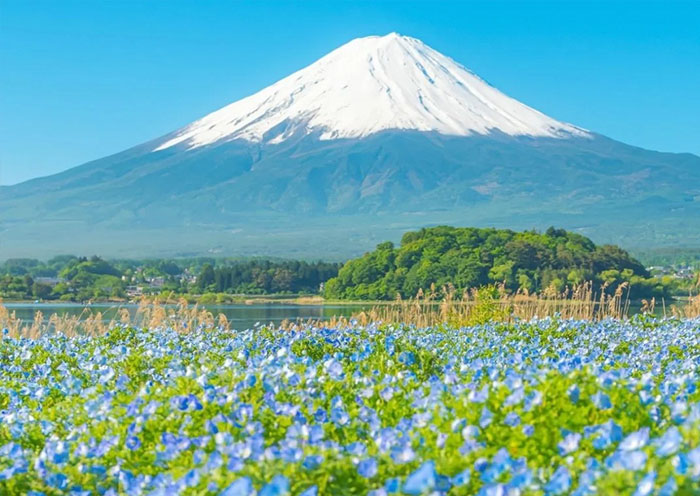
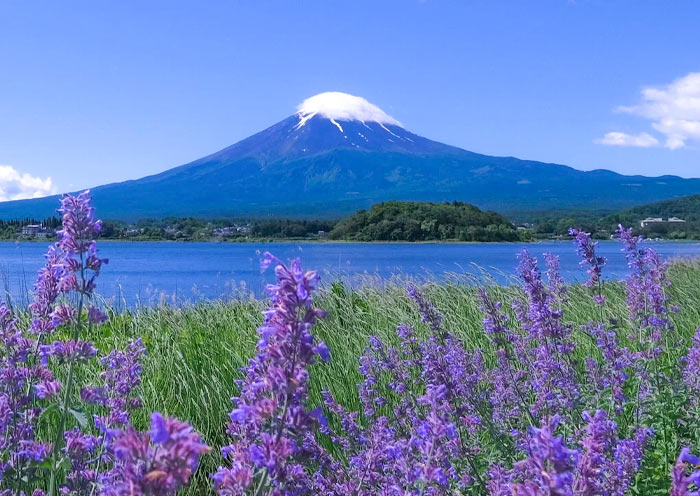
- Best for: Iconic Scenery Seekers, Outdoor Enthusiasts.
- Recommended Stay: 2-3 days.
- Best Summer Month: July for climbing, June & August for general activities.
Located at the northern base of Mt. Fuji, this region sits at an elevation of around 1,000 meters (3,280 feet), making it noticeably cooler and less humid than coastal cities.
Lake Kawaguchiko is the area's main hub, offering boat cruises and the Fuji Panoramic Ropeway, both of which provide cool breezes and spectacular views. The lakes offer a refreshing atmosphere for activities like cycling, kayaking, and camping.
It is the best destination for visitors who want to enjoy iconic views of Mt. Fuji in a comfortable summer climate.
How to Get to Mount Fuji from Tokyo
Mount Fuji Guide (2026): Attractions, Where to See & More Mount Fuji
Hakone (Kanagawa): The Classic All-in-One Mountain Getaway
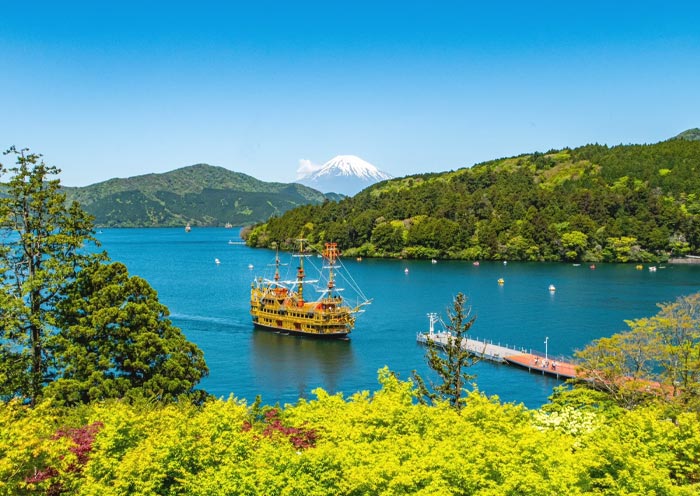
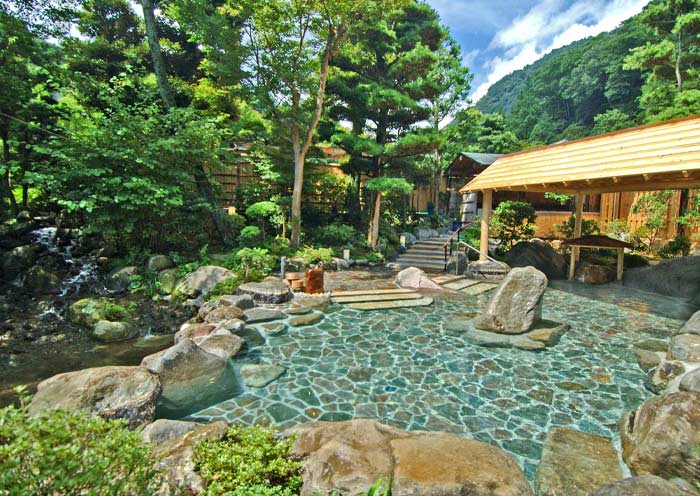
- Best for: Art Lovers, Onsen Seekers, Families.
- Recommended Stay: 2 days.
- Best Summer Month: June or July.
A well-equipped mountain resort easily accessible from Tokyo, Hakone offers a variety of attractions in a cooler climate. The famous "Hakone Loop" route uses five types of transport, including a mountain railway and a ropeway, to tour the region.
A boat cruise across Lake Ashi is a highlight, providing cool breezes and, on clear days, a classic view of Mt. Fuji. Hakone is also home to renowned destinations like the Hakone Open-Air Museum and numerous hot springs (onsen), making it a comprehensive and refreshing mountain getaway.
Hakone Attractions | 10 Best Things to Do in Hakone Japan
Tokyo to Hakone: Train, Bus, Car & Day Trips (2026)
Japan Hakone Map (English): Travel & Sightseeing Map | 2026
Mount Koya (Wakayama): A Sacred & Cool Spiritual Retreat
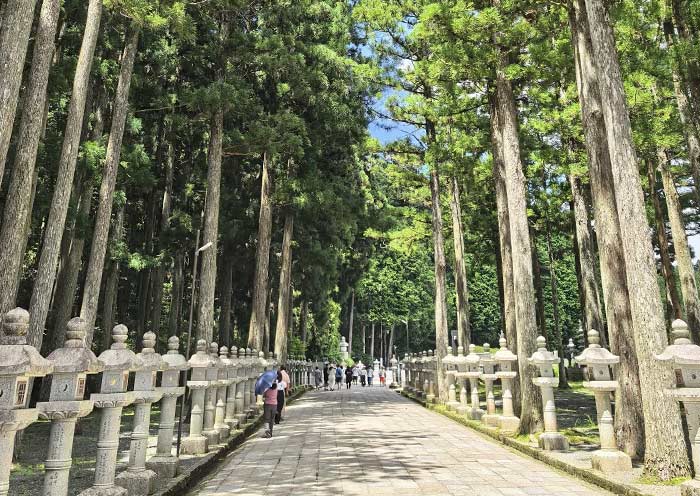
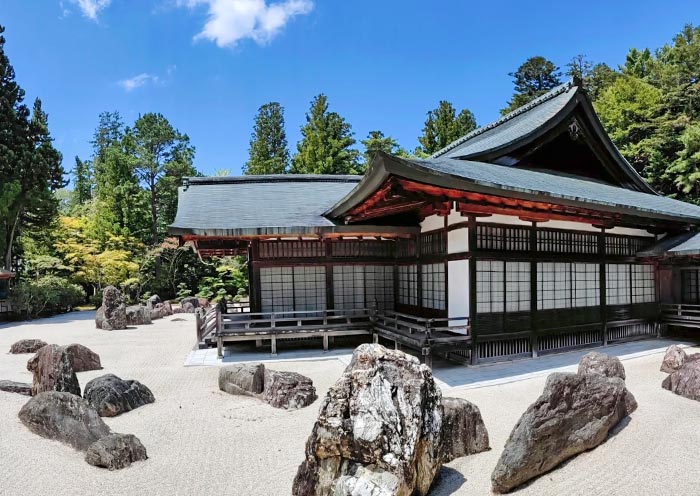
- Best for: Spiritual Seekers, Cultural Travelers.
- Recommended Stay: 1-2 nights (for a temple stay).
- Best Summer Month:
For a unique spiritual retreat, head to Mount Koya (Koyasan), a sacred temple complex situated high in the mountains of Wakayama Prefecture. At an elevation of 800 meters, it remains cool and often misty throughout the summer.
The main draw is staying in a temple lodging (shukubo), where you can experience Buddhist services and vegetarian cuisine. The highlight is a walk through the ancient Okunoin cemetery, a vast and atmospheric forest of giant cedar trees.
Top 18 Things to Do in Japan: What to See & Top Attractions (2026 Guide)
Most Beautiful Places in Japan | Top 15 Places to Visit in Japan
Are the Japan Summer Festivals Worth It? July & August is the Peak
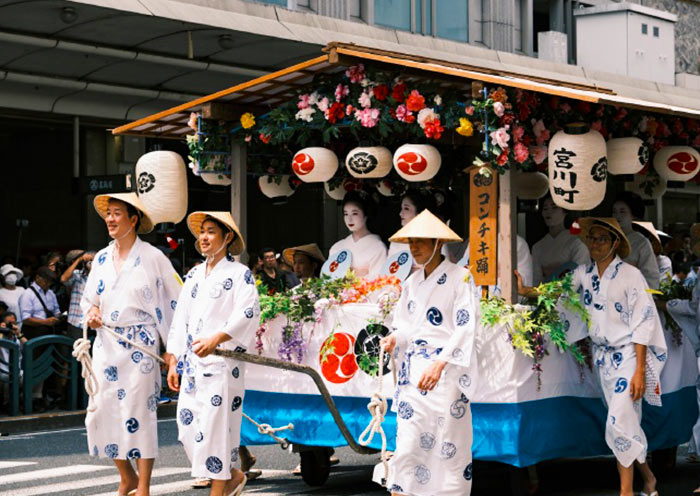
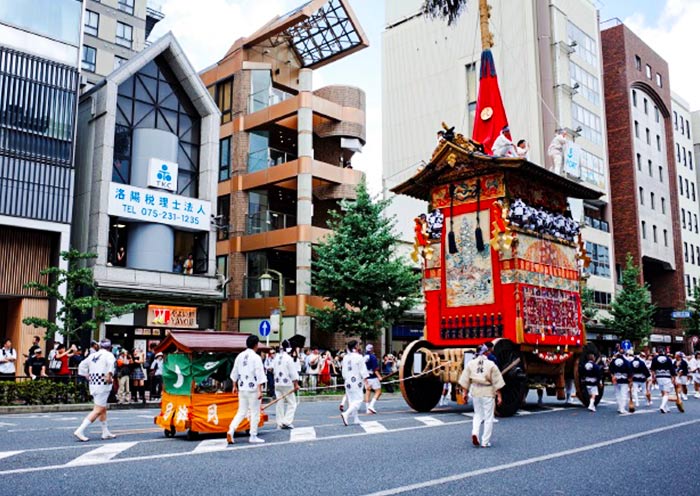
Summer is the undisputed best season for festivals in Japan, offering a vibrant display of culture, energy, and community that is the single biggest reward for braving the season. The most famous and spectacular events happen in July and August.
| Festival Name | Location | Best Time to See | What Makes It Special |
|---|---|---|---|
| Gion Matsuri | Kyoto | All of July (Main Parade: July 17) | Japan's most famous festival, featuring enormous, hand-crafted floats that are like moving museums. |
| Tenjin Matsuri | Osaka | Late July (Main Day: July 25) | A spectacular land and river procession with over 100 illuminated boats and a huge fireworks finale. |
| Aomori Nebuta Matsuri | Aomori City | Early August (Aug 2-7) | A breathtaking parade of gigantic, illuminated warrior floats made of paper, accompanied by dancers and drummers. |
| Sumidagawa Fireworks | Tokyo | Last Saturday of July | One of Japan's biggest and most famous fireworks displays, drawing over a million spectators to the riverbanks. |
| Akita Kanto Matsuri | Akita City | Early August (Aug 3-6) | A stunning display of skill where performers balance massive poles laden with dozens of paper lanterns. |
Top 18 Things to Do in Japan: What to See & Top Attractions (2026 Guide)
Is Summer a Good Season in Japan for Beaches & Coastal Fun?
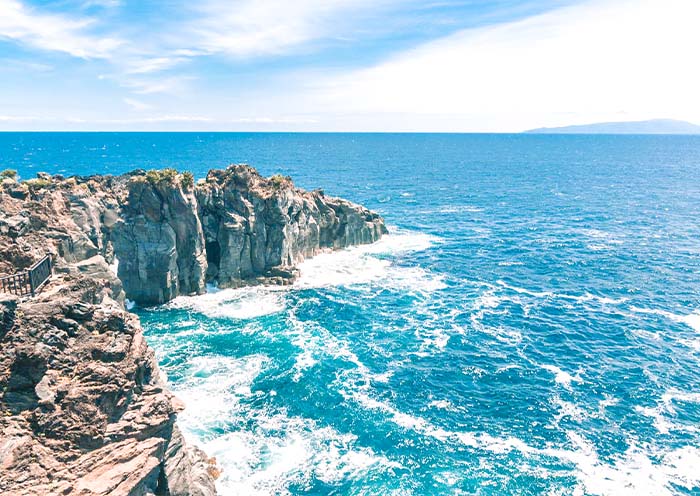
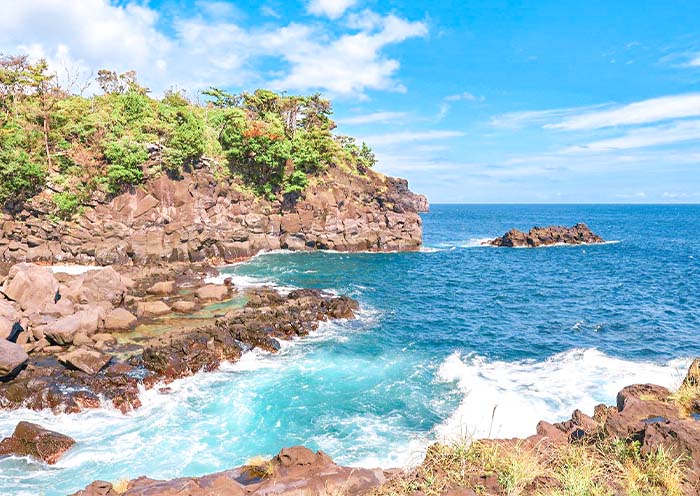
Summer is the primary and most popular season for Japan's beaches. The official beach season runs from July to August. However, visitors should be prepared for intense heat, high humidity, and significant crowds, especially on mainland beaches near cities.
It is also crucial to note that jellyfish become common from mid-August, and the peak of typhoon season can potentially disrupt travel plans during this time.
Okinawa: If you're dreaming of world-class, postcard-perfect beaches, Okinawa is your answer. This chain of subtropical islands is Japan's version of Hawaii. The water is a brilliant turquoise, the sand is white, and there's amazing snorkeling and diving among the coral reefs.
The main island has beautiful spots, but for a real escape, head to the smaller islands like the Kerama Islands (a short ferry from Naha), Miyakojima, or Ishigaki.
Izu Peninsula: If you're staying on the mainland and want an easy beach trip from Tokyo, the Izu Peninsula is your best bet. It's a beautiful, rugged coastline with a mix of sandy beaches and rocky shores. The southern part of the peninsula has the best spots.
Shirahama Beach in Shimoda is the most famous—it's a long stretch of white sand. For something a bit calmer and family-friendly, check out Tatadohama Beach. Create Unforgettable Family Memories >>
Shirahama (Wakayama): Shirahama in Wakayama Prefecture (south of Osaka) is another one of Japan's most famous beach resorts. The main beach is a stunning arc of imported white sand, and the town itself is famous for its onsen (hot springs). Find Your Perfect Onsen >>
Top 18 Things to Do in Japan: What to See & Top Attractions (2026 Guide)
What to Wear? Summer Wear in Japan
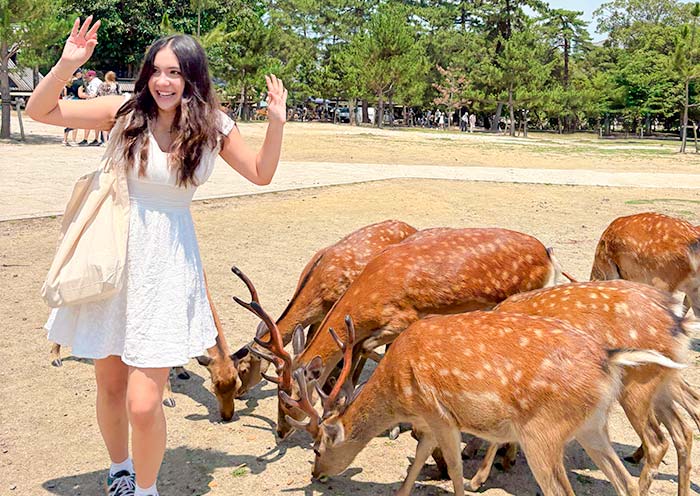
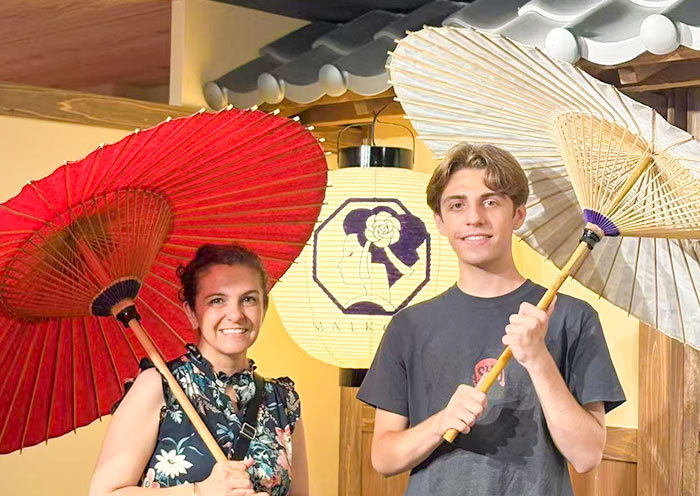
Packing for summer in Japan is all about managing the intense heat and humidity. Your best friends will be lightweight, loose-fitting clothes made from breathable fabrics like cotton, linen.
The most essential item to carry is a light cardigan or long-sleeved shirt. While it's sweltering outside, the air conditioning in trains, shops, and restaurants is famously strong, and you'll be glad for an extra layer. Comfortable walking shoes are non-negotiable, so choose breathable sneakers or supportive sandals.
Don't forget a hat, sunglasses, and sunscreen for vital protection against the strong sun.
Is Japan Expensive in Summer? A Month-by-Month Cost Analysis
June is the best budget month for a summer trip to Japan. It is definitively an affordable shoulder season. For travelers on a tight budget who don't mind some rain and want to see Japan when it is green and less crowded, June offers the best value of any summer month.
From late July through August, Japan enters its domestic peak season, and it is not cheap. While international flights can still be more affordable than in April or November. You must book long-distance trains well in advance to secure a seat.
When are the Crowds Worst? Navigating Japan's Summer Break & Obon Holiday
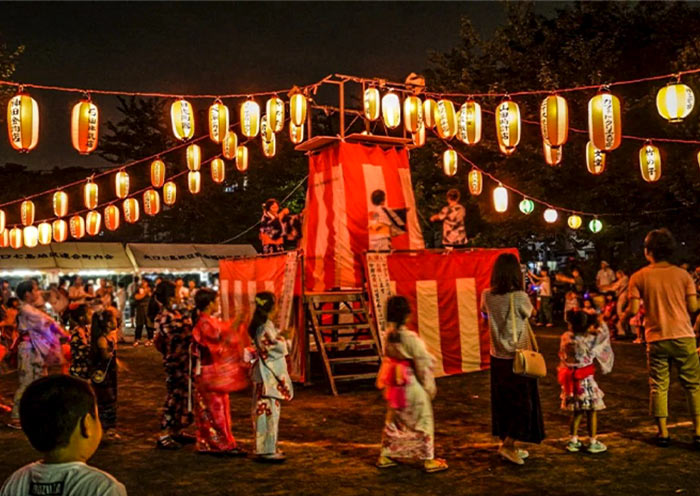
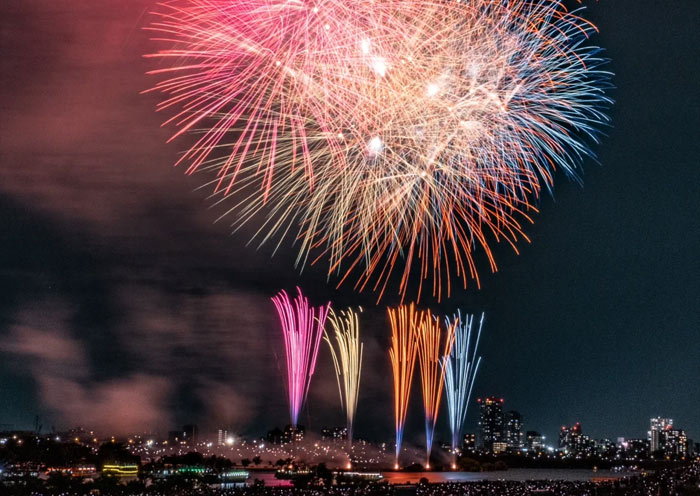
If you want to avoid crowds, timing is everything. The single biggest factor is the Japanese school summer holiday, which runs from the third week of July until the end of August.
During this five-to-six-week period, families from all over Japan travel, and popular destinations like Hokkaido, Okinawa, and major theme parks will be at their busiest.
Within this period, there is a super-peak: the Obon holiday week. While the dates vary slightly, it is typically centered around August 13th to 16th. This is one of the most important family holidays of the year, and it marks the single heaviest travel period. Create Unforgettable Family Memories >>
Therefore, the strategic solution for avoiding the worst crowds is simple: plan your summer trip for June or the first two weeks of July. You will have a much quieter and more relaxed experience.
How to Plan a Trip to Japan 2026: 10 Easy Steps (with Itinerary & Cost)
Japan Itineraries 2026: 4 Days to 2 Weeks Japan Travel Itinerary
Discover Japan with Your Local Guide - Asia Odyssey Travel
Explore Japan with Asia Odyssey Travel! We are a local travel company with an office in Tokyo. We are here to help you enjoy the best of Japan. We offer simple, fun, and real local tours.
Our Japan Tours at a Glance:
✅ Japan Tours: 60+ Best Tour Packages
✅ Japan Group Tours: 6+ great value trips, including cherry blossoms & classical routes.
✅ Top Japan Destinations: Tokyo · Kyoto · Osaka · Hakone · Mt Fuji · Nara · Hiroshima · Hokkaido
✅ Theme Tours: Family Tours · Cherry Blossom Tours · Autumn Tours · Golf Tours
Helpful Guides for Your Japan Trip:
Japan Travel Guide & Travel FAQs: All you need to know before you go.
Useful Advice: How to Plan · Best Time to Visit · Cherry Blossom · Things to Do · Beautiful Places · Temples · Food · Maps · Rainy Season
Contact us now and start planning your dream Japan tour.
